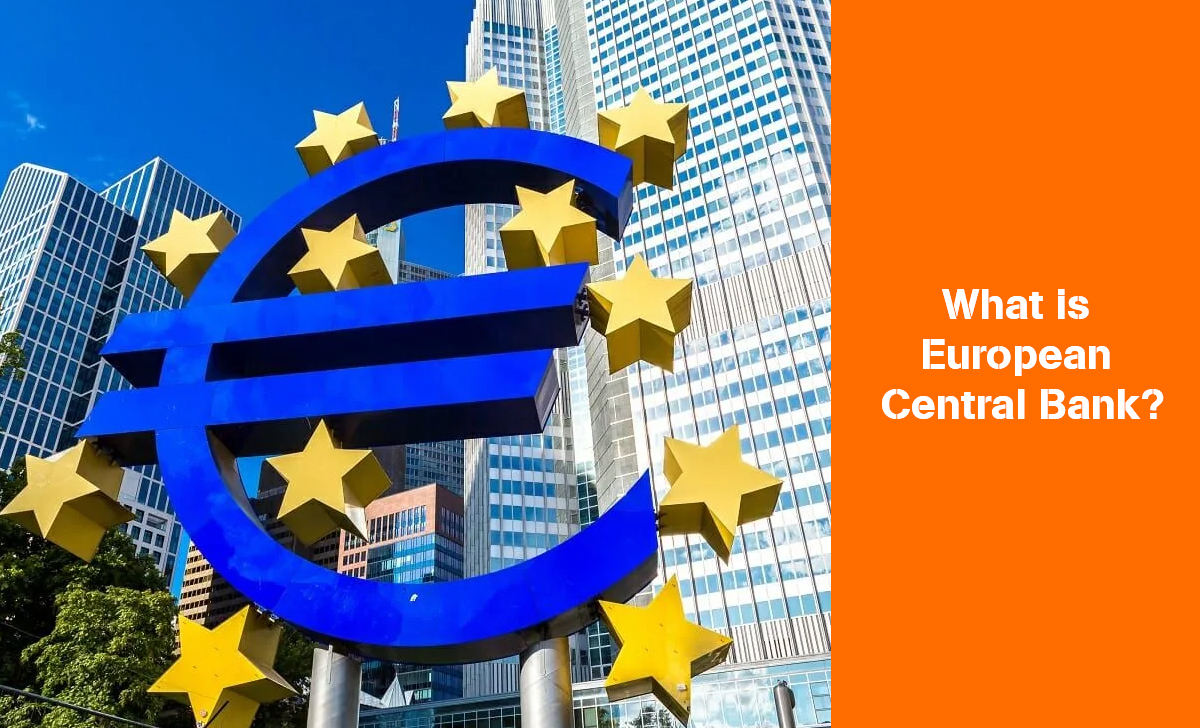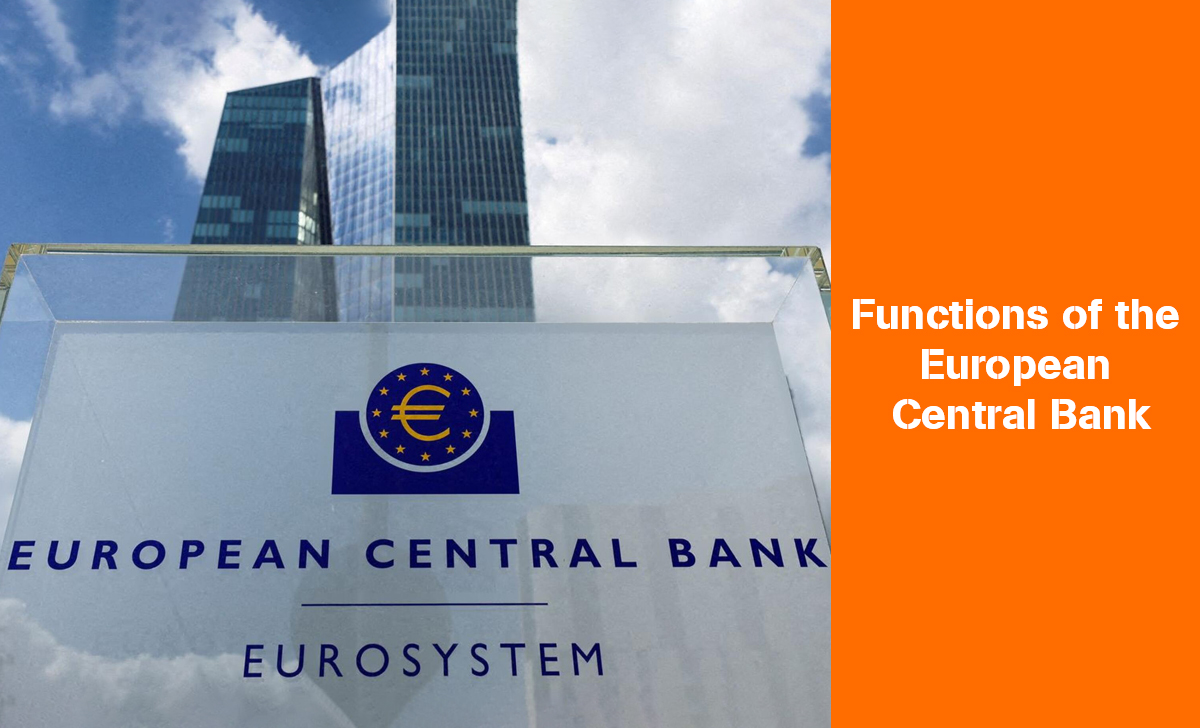The European Central Bank (ECB) plays a pivotal role in shaping the monetary policy of the Eurozone. Established with the aim of maintaining price stability, the ECB is responsible for overseeing the euro, the currency used by 19 of the 27 European Union member states.
In this article, AZcoin will delve into different aspects of the European Central Bank, exploring its structure, its impact on the economy, and the challenges it faces in an ever-changing financial landscape.
What is European Central Bank?

The European Central Bank (ECB) is the central bank of the European Union (EU) and the Eurozone monetary union. It is responsible for monetary policy in the Eurozone, which comprises the 19 EU member states that have adopted the euro as their common currency.
The main functions of the ECB include:
- Setting interest rates: Lending to commercial banks in the eurozone, thereby influencing the overall cost of borrowing and lending in the economy.
- Managing the euro: Responsible for managing the euro, including ensuring its stability and value.
- Controlling inflation: The ECB aims to maintain price stability in the eurozone, meaning keeping inflation low and stable.
- Supervising banks: In the eurozone to ensure their financial stability and protect consumers.
- Promoting economic growth: The ECB supports economic growth in the euro area by implementing monetary policies that encourage investment and job creation.
The Structure of the European Central Bank

The structure of the European Central Bank is designed to ensure independence and efficiency in the implementation of monetary policy across the Eurozone.
Governing Bodies of the ECB
The ECB is governed by key bodies: the Executive Board, the Governing Council, and the General Council.
- The Executive Board: With six members including the President and Vice-President, handles the ECB’s daily management and implements monetary policy within the Eurosystem.
- The Governing Council: The main decision-making body, includes the Executive Board members and the governors of national central banks from Eurozone countries, ensuring a comprehensive approach to economic issues across Europe.
- The General Council: Comprising the ECB President, Vice-President, and governors from non-euro EU member states, plays a transitional role in coordinating monetary policy across the EU, though its influence has decreased since the euro’s introduction.
Decision-Making Process
The European Central Bank decision-making process involves thorough analysis and discussion. Governing Council meetings start with a detailed review of economic indicators, inflation trends, and geopolitical factors. Decisions are typically made by consensus, fostering collaboration.
If consensus isn’t reached, voting ensures diverse perspectives are considered before any monetary policy changes.
Accountability and Transparency
The ECB ensures accountability and transparency by regularly publishing reports on its monetary policies, economic assessments, and forecasts. The ECB President also frequently addresses the European Parliament, offering insights into the bank’s actions and plans.
Transparency is key to building public trust, especially during economic uncertainty, as the ECB strives to strengthen confidence in the euro and its commitment to financial stability.
Besides, if you want to learn more, we suggest you check out other interesting content like: Michael Saylor, Store of value or FED
Functions of the European Central Bank

The primary functions of the European Central Bank revolve around monetary policy, financial stability, and banking supervision.
Monetary Policy Implementation
The ECB aims to maintain price stability by keeping inflation below, but close to, 2% over the medium term, supporting sustainable economic growth. It uses various tools, including adjusting interest rates to influence borrowing costs—lowering rates to boost spending and investment, and raising them to control inflation.
During economic downturns, the ECB may also use quantitative easing (QE), buying government bonds and securities to inject liquidity and stimulate the economy.
Financial Stability Oversight
The ECB plays a vital role in maintaining financial stability in the Eurozone. It monitors risks in banking and financial markets, taking proactive steps to prevent crises. Through stress tests, the ECB assesses banks’ resilience to economic challenges, helping them bolster their capital reserves.
Additionally, the ECB works with other regulatory bodies, like the European Systemic Risk Board, to promptly address systemic risks.
Banking Supervision
The ECB not only manages monetary policy and financial stability but also supervises major Eurozone banks through the Single Supervisory Mechanism (SSM), established after the global financial crisis.
The SSM enables the ECB to assess banks’ financial health, focusing on capital, risk management, and governance, ensuring banks remain safe and resilient. This oversight is crucial for maintaining a stable and efficient banking system in the Eurozone.
How does the European Central Bank influence interest rates?

Setting the main interest rate
- Main refinancing operations (MRO): This is the interest rate at which banks borrow money from the ECB.
- Deposit rate: This is the interest rate at which banks can deposit excess reserves with the ECB.
- Marginal lending facility: This is the interest rate at which banks can borrow money from the ECB in emergency situations.
Open market operations
The ECB can buy or sell government bonds on the open market. This affects the money supply. If the ECB buys bonds, they inject money into the economy, which can lower interest rates. Conversely, if the ECB sells bonds, they take money out of the economy, which can raise interest rates.
Quantitative easing (QE)
During economic downturns, the ECB can engage in quantitative easing. This involves buying large amounts of government bonds and other assets from banks. This increases the money supply and may lower interest rates.
How Interest Rate Changes Affect the Economy
- Lower Interest Rates: encourage borrowing and spending, stimulate economic growth, can lead to inflation if not managed properly
- Higher Interest Rates: Discourage borrowing and spending, slow economic growth, can help control inflation
Conclusion
So above we have helped you find information about The European Central Bank (ECB). Hopefully, the above content will be somewhat useful to you. If you need to learn more content, follow AZcoin right away!

I am Tony Vu, living in California, USA. I am currently the co-founder of AZCoin company, with many years of experience in the cryptocurrency market, I hope to bring you useful information and knowledge about virtual currency investment.
Email: [email protected]











